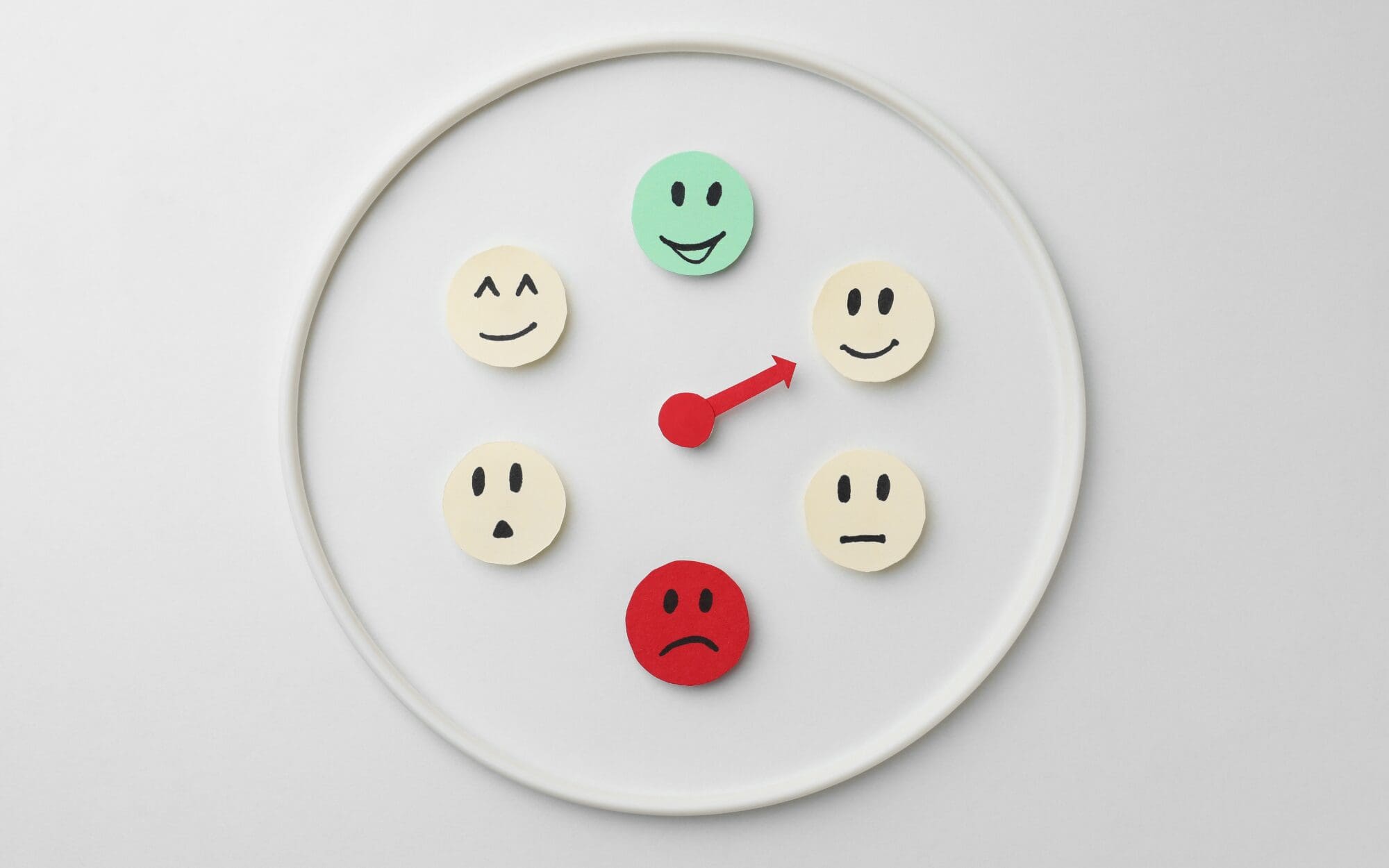What is Emotional Fitness?
Episode 76: Spotify | Apple Podcasts | YouTube
View transcript on Buzzsprout
We often hear that we need to “regulate our emotions” or “build resilience,” but what does that actually look like? In this lesson-turned-episode, Amanda unpacks what emotional fitness really means and why it’s a foundational skill for both healing and thriving. Originally recorded as a teaching module, this episode guides listeners through practical, research-backed insights on what emotions are, how to work with them, and how to build the capacity to feel both the hard and the joyful ones.
As mentioned in the episode:
- Watch to watch the video module instead? CLICK HERE
- Emotional Fitness Worksheets: CLICK HERE
What We Cover in This Episode
- The difference between emotional fitness and regulation
- Why emotions are physical and how they function
- How resistance intensifies unwanted emotions
- Strategies to notice, name, allow, and explore emotions
- The power of emotional game plans and intentional feeling creation
Why Emotional Fitness Matters
Just like physical fitness, emotional fitness requires practice. Amanda reframes emotional regulation as a skill—one that’s foundational to resilience. When life knocks us off balance, emotional fitness is what helps us bounce back. It allows us to stay grounded in chaos, expand our window of tolerance, and meet the full range of human emotion with more confidence.
What Are Feelings, Really?
Emotions aren’t abstract—they’re physical sensations triggered by thoughts or nervous system reactions. Anger might feel hot and red, joy might feel buzzy and light. All feelings are chemical responses shaped by our internal or external environment. The more you understand how emotions show up in the body, the easier it becomes to work with them, not against them.
Five Foundational Facts About Feelings
- Life is 50/50: Half your emotional experience will be uncomfortable. That’s normal.
- There are no bad emotions: Some are less pleasant, but all are valid and part of being human.
- You can be both: Emotions are complex. You can feel sad and grateful at the same time.
- Feelings are valid, even if the story isn’t: Emotions signal needs or boundaries.
- Resistance intensifies emotions: What we resist persists. Allowing emotions often de-escalates them.
The Function of Emotions
Emotions exist to prepare us for behavior. Fear cues protection, sadness invites reflection, happiness encourages connection. Amanda encourages listeners to ask: What might this emotion be preparing me for? This reframe helps us respond rather than react.
The Skill of Feeling
Emotional regulation isn’t about shutting emotions down—it’s about moving through them. Amanda teaches a four-part process:
- Notice – Tune in to the felt sensation
- Name – Label the emotion to tame it
- Allow – Make space for it without judgment
- Explore – Understand it during or after it passes
Layering emotions (e.g., feeling guilt for feeling annoyed) increases distress. But allowing them to be what they are, without added stories, makes space for healing.
Emotional Awareness and Game Plans
We typically respond to emotions by avoiding, distracting, or dealing. Amanda offers a tool called the Emotional Game Plan to help listeners build awareness around specific emotions (like anger or overwhelm) and create actionable strategies for staying regulated across the intensity spectrum.
Creating Emotions Intentionally
We don’t just need to manage emotions—we can generate them too. Using both top-down (thoughts) and bottom-up (behaviors) strategies, Amanda shares how to intentionally cultivate empowering feelings like curiosity or calm. The key is choosing thoughts and behaviors that are both effective and believable.
Hit play on the episode to hear more!
Three Tangible Takeaways
- Your emotions are physical, not just mental. Get curious about how they feel in your body and what they might be trying to tell you.
- Emotional regulation is a trainable skill. Like any muscle, it grows stronger with intentional practice.
- Create an emotional game plan. Build a simple strategy for navigating the feelings that trip you up the most.
Looking for more personalized support?
- Book a FREE discovery call for RESTORE, our 1:1 anxiety & depression coaching program (HSA/FSA eligible & includes comprehensive bloodwork)
- Join me inside the Regulated Living Membership, a mental health membership and nervous system healing space (sliding scale pricing available)
- Join my Release Class – Monthly guided nervous system regulation class
- Order my book, Healing Through the Vagus Nerve today!
- Download free resources here
*Want me to talk about something specific on the podcast? Let me know HERE.
Disclaimer: This article is for informational purposes only and is not a substitute for professional medical advice, diagnosis, or treatment. Always seek the advice of your physician or qualified mental health provider with any questions you may have regarding a medical condition.

Leave a Reply Cancel reply
A mental health newsletter that feels like a deep breath: simple, grounding, and here to remind you that healing is possible.
The Weekly Rewire
Navigate
Regulated Living provides neuroscience-backed mental health coaching to help you regulate your nervous system and reclaim your life from anxiety and depression.
Heal
Learn
Paragraph